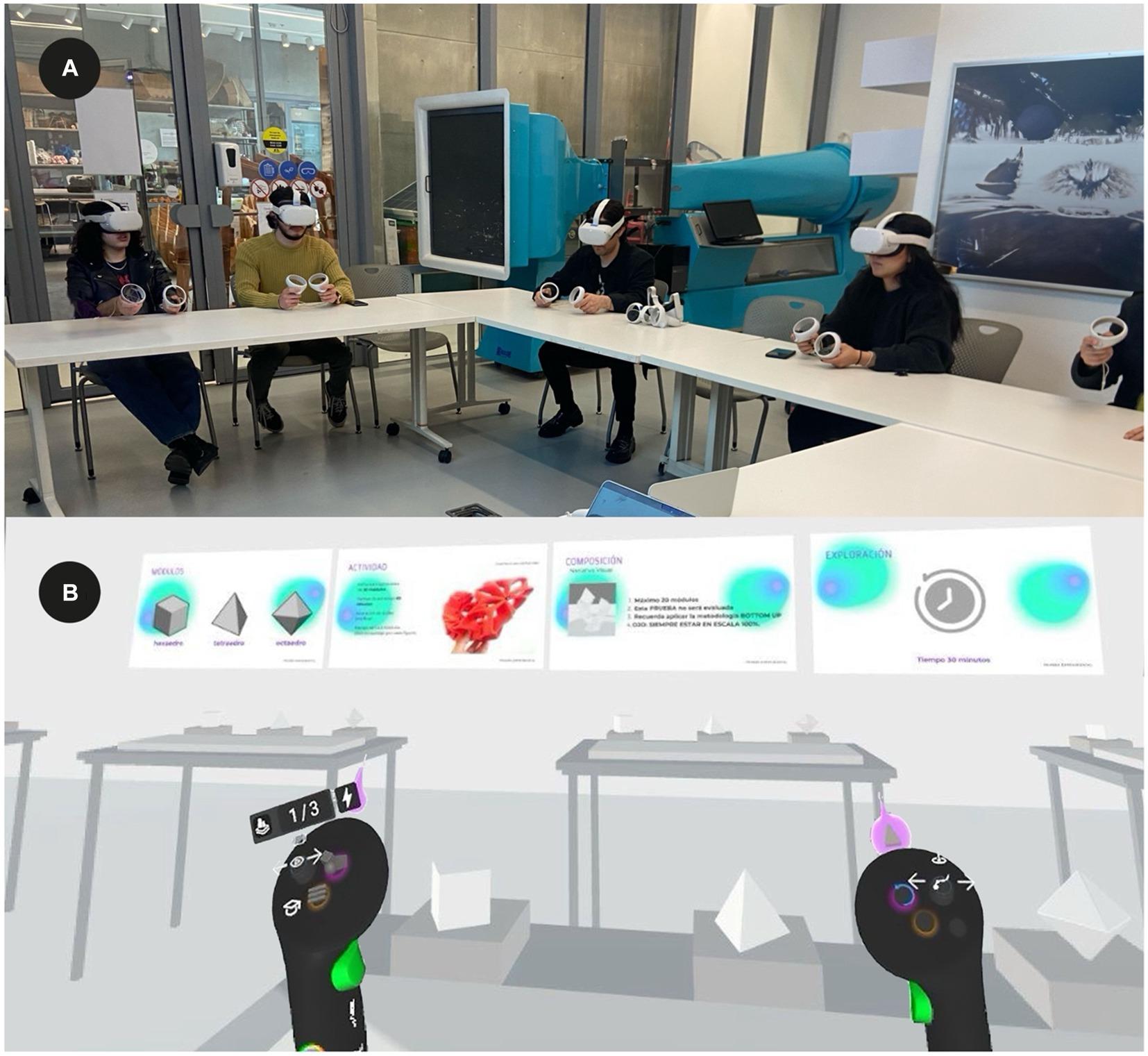Mastering the Future: Effective Training for teachers Using VR/AR Tools in Education
Introduction: Embracing Innovation in Teacher Training
Education is evolving faster than ever before, and at the heart of this transformation are Virtual Reality (VR) and Augmented Reality (AR) technologies. These immersive tools are not only revolutionizing student engagement but also completely reshaping teacher training. Today, educators seek practical solutions that prepare them for the dynamic landscape of modern classrooms. In this in-depth guide, we’ll explore the benefits of using VR/AR in education, highlight success stories, and share actionable strategies for effective teacher training with future-ready technology.
Why VR/AR Tools are Game Changers in Education
Integrating VR and AR tools into teacher training programs empowers educators with fresh perspectives,hands-on experiences,and a toolkit for engaging future-ready learners. Here’s a closer look at the key benefits of VR/AR in education:
- Immersive Learning Environments: VR allows teachers to step inside lifelike simulations, enabling a deeper understanding of complex topics and student perspectives.
- Risk-Free Practice: Educators can experiment with new teaching methods, classroom management, and assessment styles in a safe, virtual space before applying them in real-world scenarios.
- Enhanced Engagement: Augmented reality makes learning interactive by overlaying digital information onto the physical world, keeping both teachers and students actively involved.
- Accessibility & Differentiation: VR/AR tools are adaptable, offering personalized training experiences that can be tailored to various learning styles and needs.
- Global Collaboration: Virtual platforms bridge distances, allowing educators to connect and learn from peers worldwide without the constraints of physical location.
Designing Effective Teacher Training with VR/AR Tools
To unlock the full potential of VR/AR in teacher advancement,schools and educators must design thoughtful,goal-oriented training. Triumphant programs typically include:
- Targeted Workshops: Hands-on sessions where teachers explore VR/AR applications, from virtual field trips to mixed reality lesson planning.
- Ongoing Support: Dedicated professional development and peer mentoring to overcome technology barriers and share best practices.
- Assessment & Feedback: Real-time analytics within VR simulations offer actionable feedback, helping educators refine their techniques continuously.
- Content Customization: Teachers learn to tailor VR/AR resources to their curriculum and student needs, making the technology a seamless part of daily teaching.
Practical tips for Implementing VR/AR in Teacher Training
Making the leap into VR/AR-powered teacher education might seem daunting, but these best practices can help schools and instructors integrate immersive tech smoothly:
- Start small & Scale: Pilot with a select group of educators before expanding school-wide. This approach allows you to address challenges early and showcase success stories.
- Choose User-Friendly Platforms: select well-supported VR/AR ecosystems compatible with existing school hardware and accessible for all skill levels.
- Foster a Growth Mindset: Encourage experimentation and view mistakes as learning opportunities. Create a culture where teachers feel safe exploring new digital tools.
- Incorporate Blended Learning: Combine VR/AR modules with customary workshops and online courses for a balanced professional development journey.
- Evaluate and Iterate: Regularly collect feedback on the effectiveness of training and adapt your approach to meet evolving educational goals.
Case Studies: Success Stories in VR/AR Teacher Training
Case Study 1: Preparing Teachers for Inclusive Classrooms
A major school district in California launched a VR-driven training program for inclusion. through immersive simulations, teachers experienced what it feels like to have specific learning disabilities. Feedback revealed a 30% betterment in empathy and classroom adaptation strategies, demonstrating the impact of VR in special education training.
Case Study 2: Immersive Science Teacher Workshops
An international school group integrated AR sandbox applications into science training. Teachers learned to visualize and manipulate geological processes, which increased their confidence in explaining advanced STEM concepts. The result: students reported increased curiosity and better exam performance.
Case Study 3: Virtual Peer Collaborations
Using VR conferencing platforms, a cohort of teachers from rural and urban locations connected to co-design digital lesson plans. This model not only broke down geographical barriers but also fostered ongoing professional relationships and creative exchanges.
First-Hand Experiences: teachers Share Insights on VR/AR Training
Direct feedback from educators who have embraced VR/AR tools in teacher development offers powerful insight:
“My first VR classroom simulation felt intimidating, but it quickly became my favourite part of training. I made mistakes in a safe environment and practiced new strategies—by the second week,my confidence soared!”
— Monica S., Middle School math Teacher
“Using AR apps, I realized how much more memorable a lesson can be when you bring historical artifacts or chemical reactions into the classroom—virtually!”
— Priya K., High School Science Teacher
Future Trends: Where is VR/AR in Teacher Training Headed?
As technology advances, the future of teacher training with VR/AR promises even deeper immersion and personalization. Here are key trends to watch:
- AI-Driven Personalization: Artificial Intelligence is being integrated to tailor VR training experiences to each educator’s strengths and growth areas.
- EdTech Ecosystem Integration: Seamless links between VR/AR apps and popular LMS (Learning Management Systems) like Moodle or Google Classroom make resource sharing and assessment effortless.
- Cost Reduction & Accessibility: As headsets become more affordable and AR tools work on smartphones, more schools can access these technologies.
- Realistic Avatars & Feedback: Future VR simulations may feature high-fidelity avatars for practicing student-teacher interactions and receiving detailed feedback on body language and communication.
Conclusion: Empowering Teachers for a Digital Tomorrow
The integration of VR and AR tools in teacher training marks a paradigm shift in how educators are prepared for the classroom of tomorrow. By providing immersive, accessible, and deeply engaging professional development, schools empower teachers with the confidence and creativity needed to inspire their students. As you embark on your journey to master the future with VR/AR in education, remember: innovation starts with a single step—embrace the change, experiment boldly, and help shape the next generation of learners.

